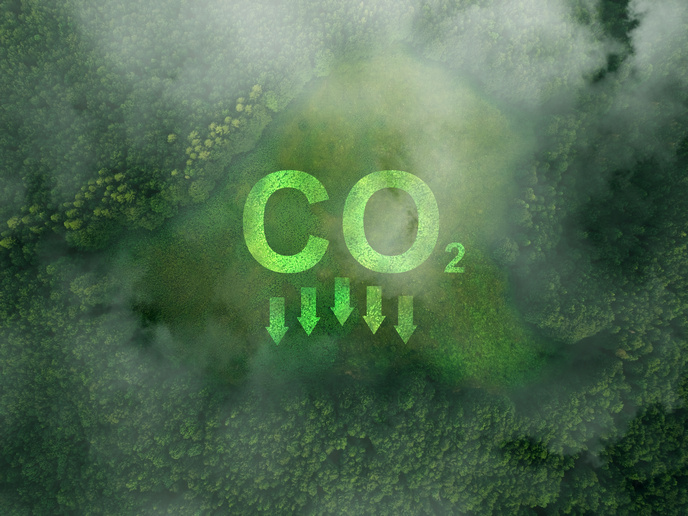Tracing transformational change in climate change mitigation scenarios
A new study published in ‘Nature Climate Change’ examines factors affecting future emission pathways presented in the United Nations Intergovernmental Panel on Climate Change (IPCC) reports. Supported by the EU-funded NDC ASPECTS, IAM COMPACT and DIAMOND projects, it takes a closer look at the developments and changes in global energy and socio-economic systems recorded by the IPCC over the last decade. The IPCC is an intergovernmental body of the United Nations created to provide policymakers with regular scientific assessments on climate change. Its reports offer insight into the causes and consequences of climate change and analyse mitigation pathways, in this way helping to inform international climate policy. The EU-backed researchers assessed the policy, technology and other drivers affecting emission pathways by comparing the scenarios presented in the IPCC’s Fifth and Sixth Assessment Reports and its Special Report on the impacts of global warming of 1.5 °C above pre-industrial levels.
Lower emissions, greater renewable energy-based electrification
The analysis reveals that reference scenarios without specific climate policies consistently show lower CO2 emissions in more recent reports. A combination of factors is responsible for this trend, including falling low-carbon technology costs and reduced expectations of economic growth. These lead to a drop in the share of fossil fuels in the energy and industry sectors. Mitigation pathways limiting global warming to below 1.5 to 2 °C generally focus on greater electrification and a higher share of variable renewable energy sources in electricity generation in more recent scenarios. This implies a gradual decline in the reliance on coal, nuclear power, bioenergy, and carbon capture and storage, reflecting changing costs.
Constant recalibration needed
Despite the shrinking carbon budget resulting from inadequate climate action, mitigation costs have not increased thanks to more optimistic projections for low-carbon technologies. The study authors conclude: “Moving forward, scenario producers must continually recalibrate to keep abreast of technology, policy and societal developments to remain policy relevant.” The NDC ASPECTS (Assessing Sectoral Perspectives on Climate Transitions to support the Global Stocktake and subsequent NDCs) project ended in 2024. IAM COMPACT (Expanding Integrated Assessment Modelling: Comprehensive and Comprehensible Science for Sustainable, Co-Created Climate Action) ends in August 2025 and DIAMOND (Delivering the next generation of open Integrated Assessment MOdels for Net-zero, sustainable Development) in November 2026. For more information, please see: NDC ASPECTS project website IAM COMPACT project website DIAMOND project website
Keywords
NDC ASPECTS, IAM COMPACT, DIAMOND, Intergovernmental Panel on Climate Change, IPCC, climate change, emission pathway, mitigation, carbon



